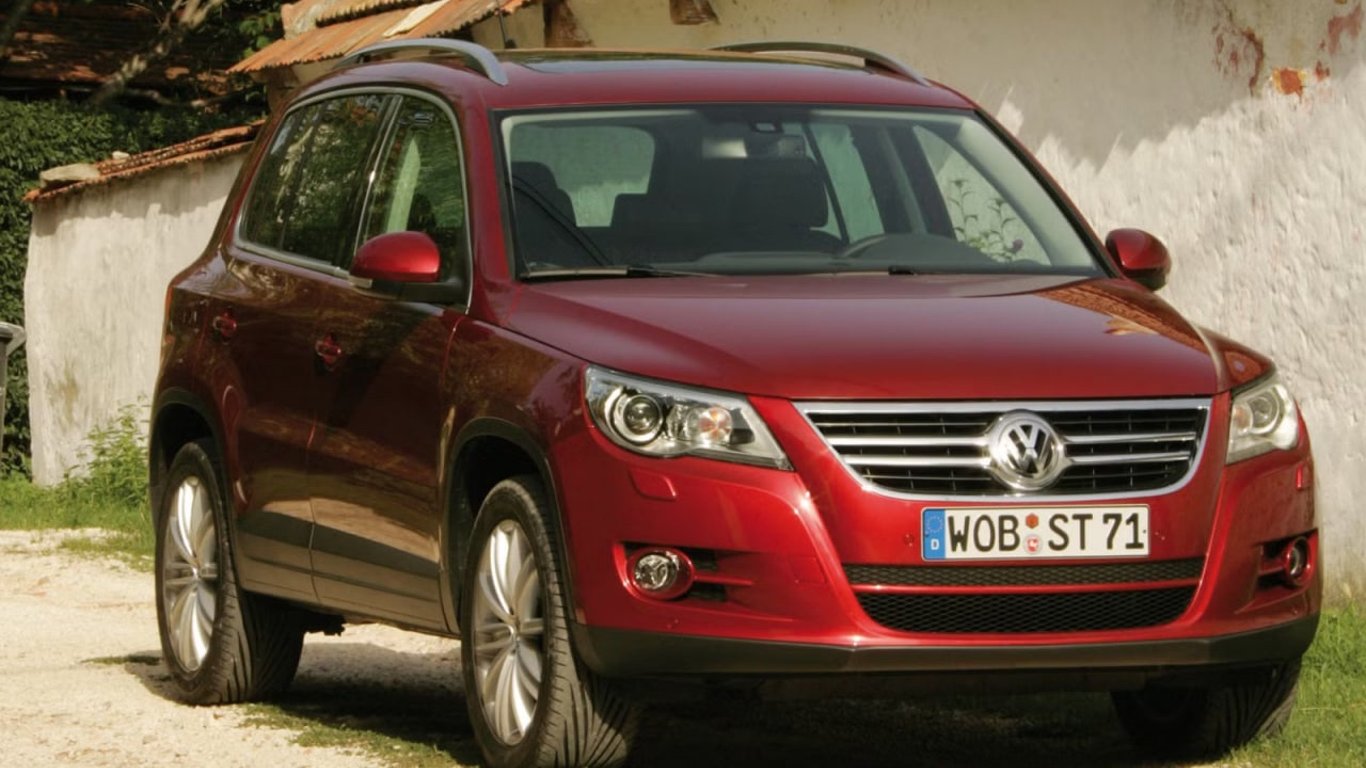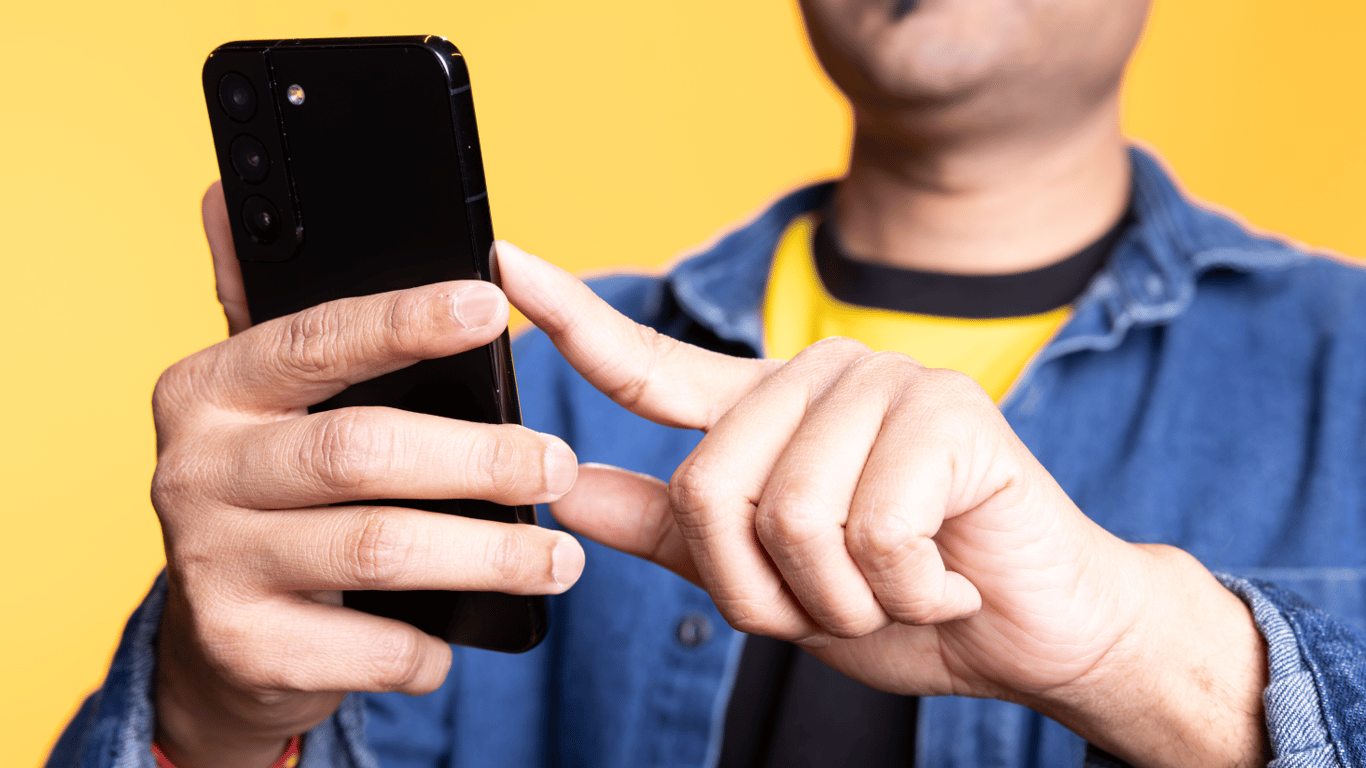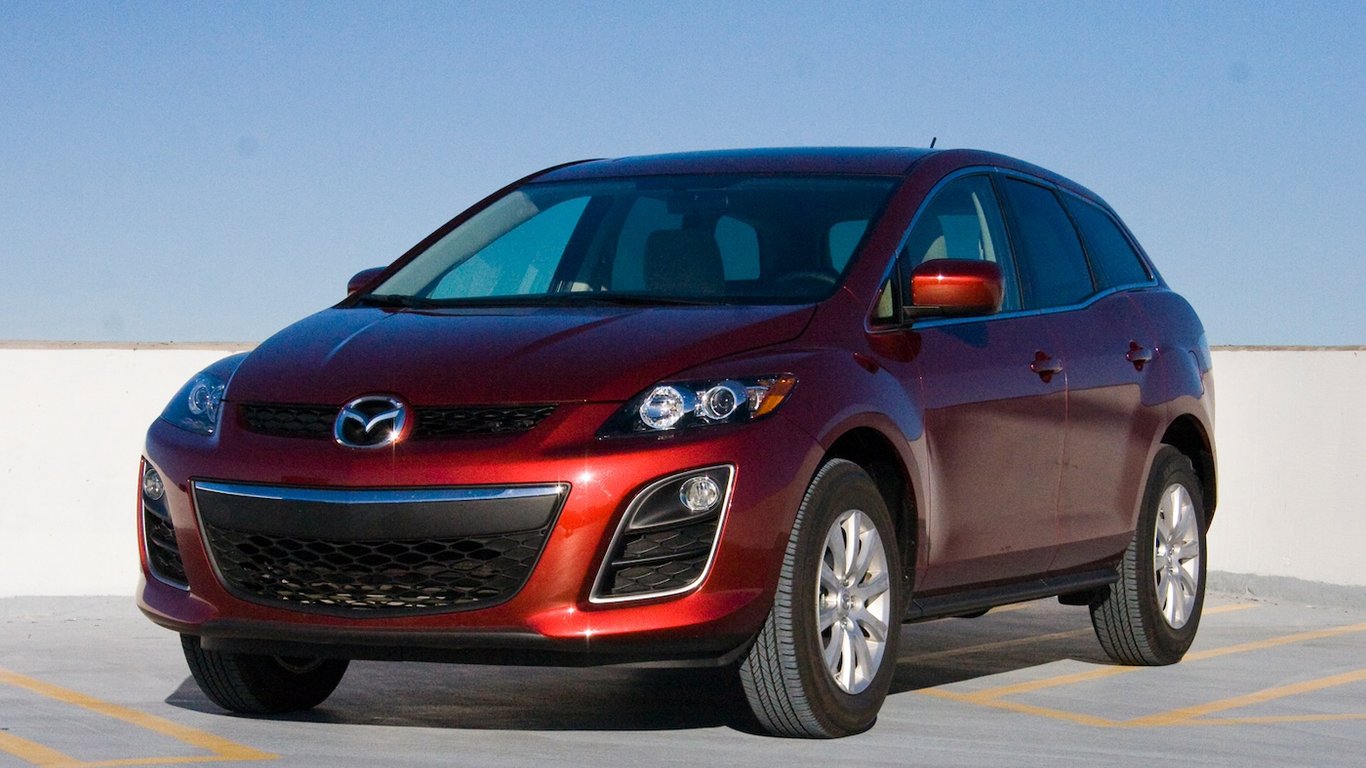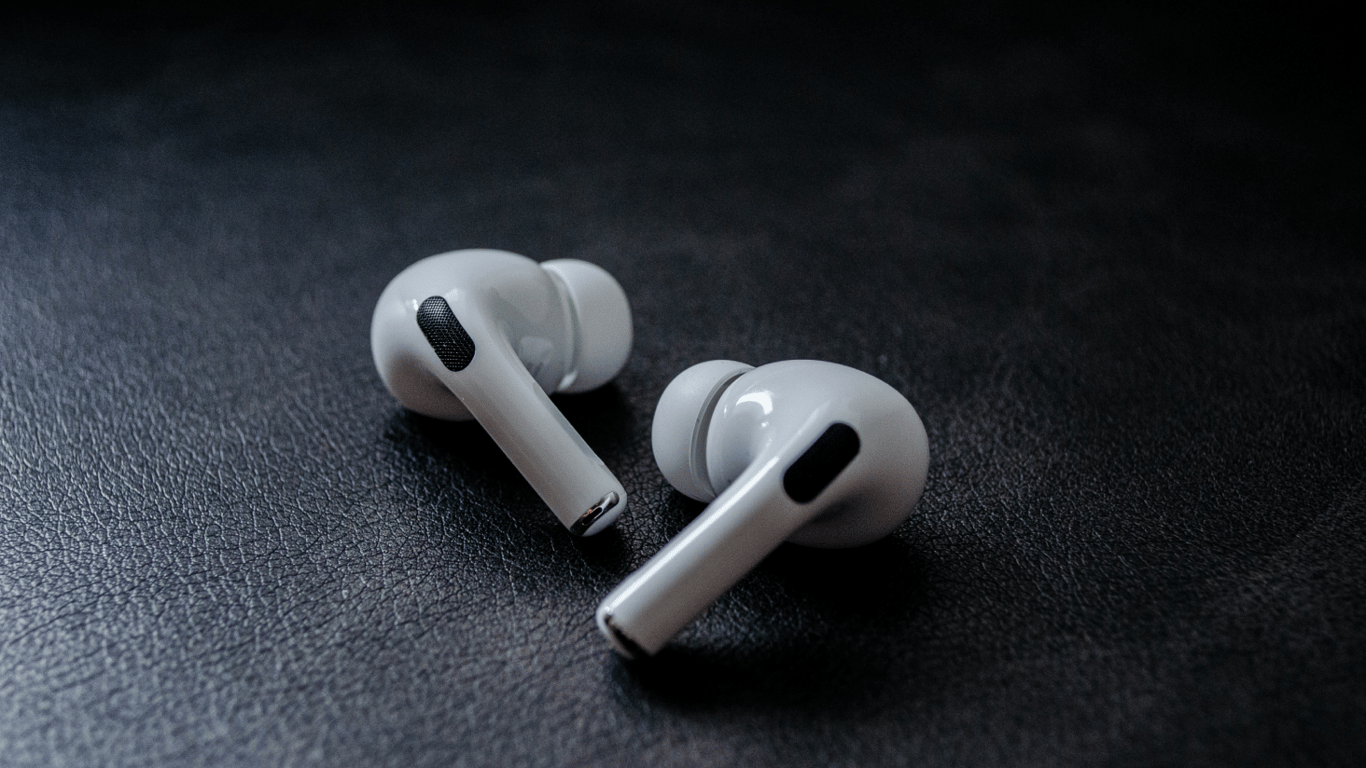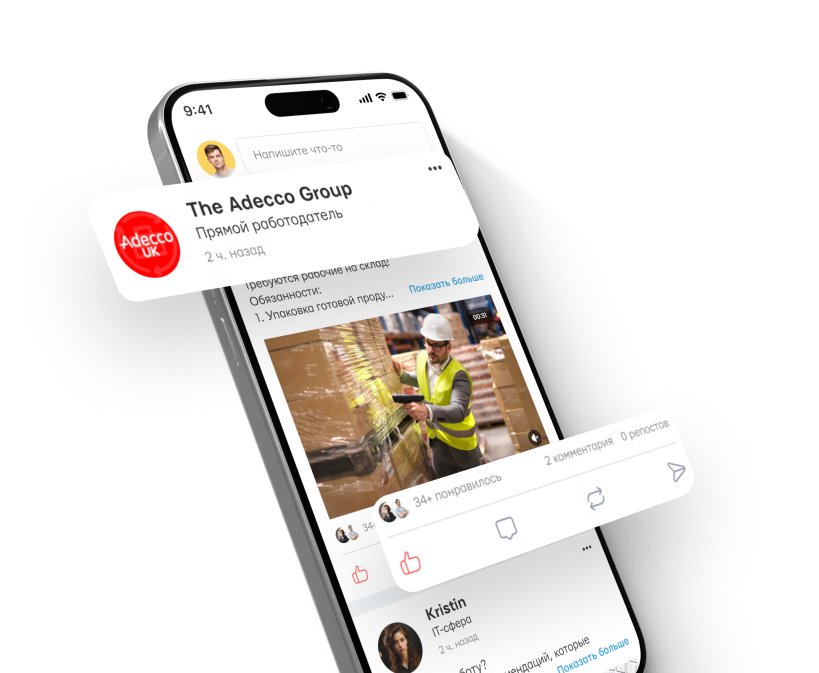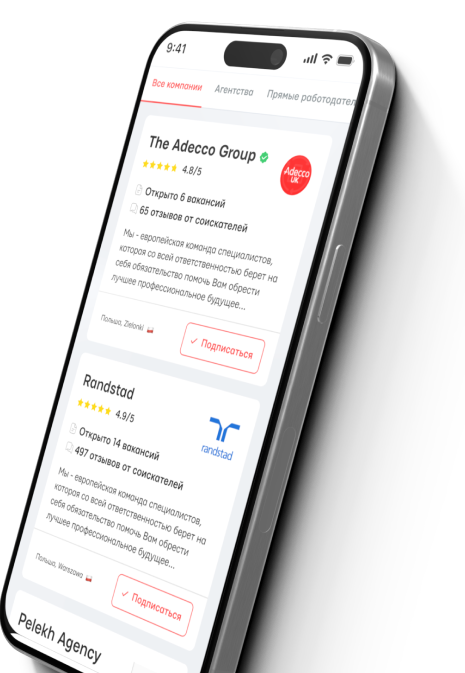How Dangerous is Charging a Phone in a Car.

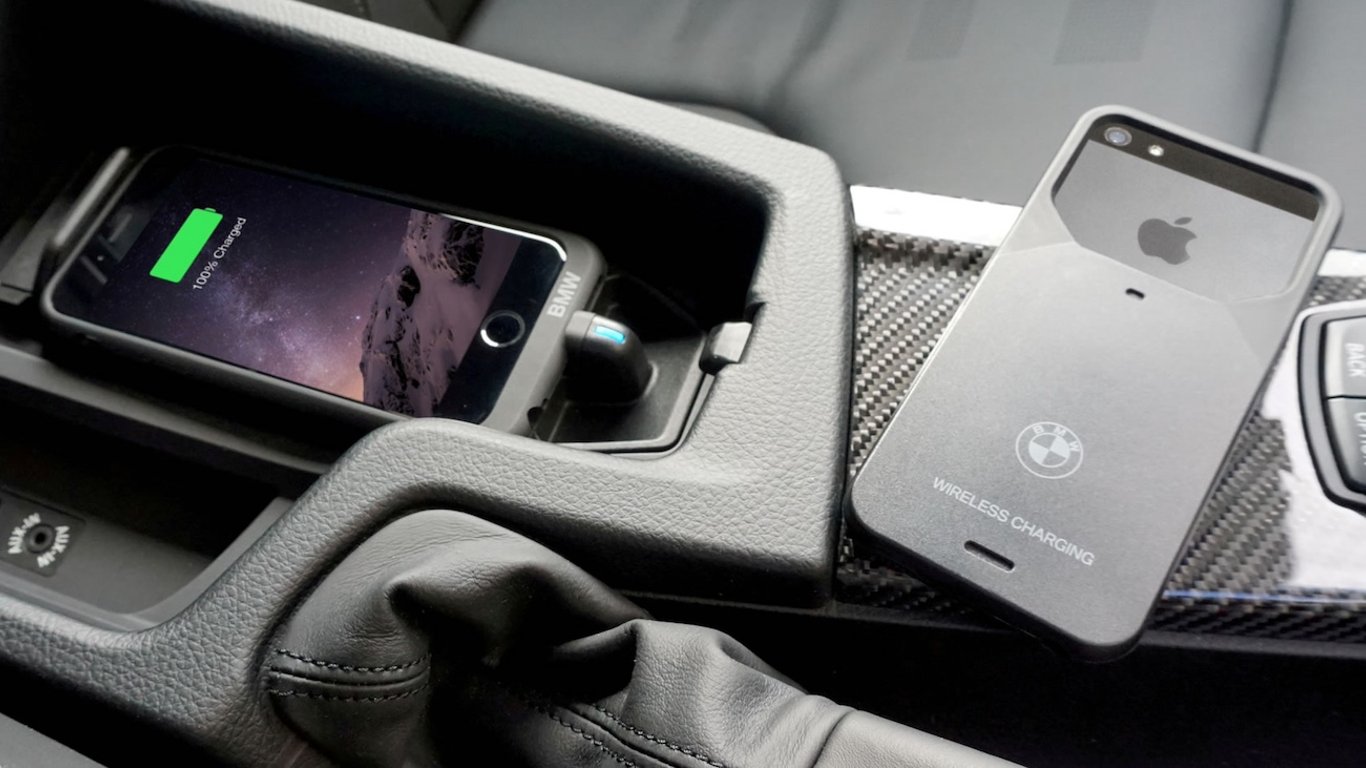
Wireless inductive charging of a smartphone in a car frees the driver from cables and adds a touch of style to the interior. However, there are issues: in many cars it works so poorly that the owner still reaches for a cord.
This was reported by Auto Swiat.
Details Matter
A phone charged via induction heats up, and this is nothing new. But in a car, it can often be especially hot, and usually, the overheating problem results from the combination of three key factors.
- First, insufficiently tight contact of the smartphone to the charging panel can lead to inefficient energy transfer, which in turn causes excessive heat generation.
- Second, most wireless chargers in cars lack adequate cooling systems. There is simply nowhere for the heat to dissipate.
- Third, a case on the smartphone can hinder optimal contact between the phone and the charger but also significantly worsens heat dissipation from the smartphone. It acts as an insulator, trapping heat inside.
Irrational Design
One of the biggest paradoxes is that car manufacturers place wireless charging panels in locations that do not adhere to the principles of efficiency and safety.
They are often installed on the center console, which in summer becomes a target for direct sunlight. As a result, after just 15 minutes of driving, the smartphone literally overheats.
Different Stories
The situation with wireless charging can vary significantly depending on the car model.
- Toyota RAV4. Without a case, the charging generally works steadily, indicating a better implementation of the charging panel itself.
- VW Tiguan. Even a slight shift of the phone by half a centimeter can lead to charging discontinuation. This indicates high sensitivity to placement and presumably a smaller effective induction area.
- Mitsubishi Outlander. In this model, the situation seems better in terms of charging stability — it holds the charge confidently. However, the smartphone still overheats significantly.
Cable is Still King
Wireless charging, despite its aesthetics and convenience, is currently a compromise. It looks modern and helps avoid clutter with wires, but for long trips or in hot conditions, a cable remains a more reliable and safer choice. It ensures stable charging and minimizes the risk of the device overheating. Otherwise, the driver will have to worry about the state of their phone's battery.
Wireless inductive charging of smartphones in cars can be a stylish and convenient solution, but problems with overheating and inefficiency can complicate its use. Different car models may have varying results using wireless charging, but currently, wired charging remains a more reliable option on long trips or in high-temperature conditions.
Read also
- Prices for GTA in Ukraine — how much iconic games cost in 2025
- Problematic German Crossovers That Often Break Down
- They threaten your money — which SMS should be deleted immediately
- Used Japanese Crossovers You Shouldn't Buy
- How to Test Your Hearing with AirPods Pro 2
- How often should you really change the brake fluid in your car

